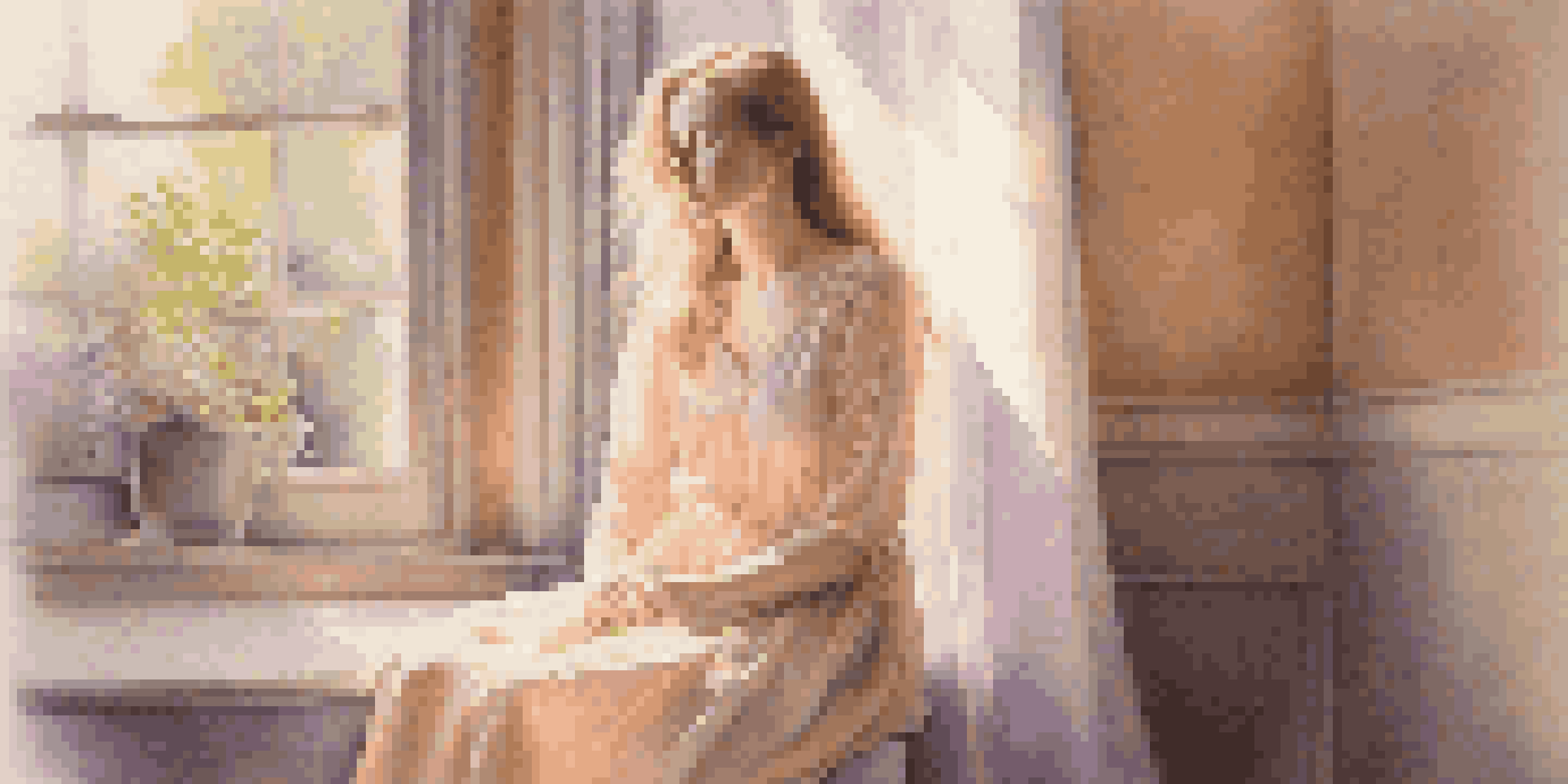Understanding the Basics of Pastel Portraits: Techniques to Try

What Are Pastel Portraits and Their Appeal?
Pastel portraits are captivating artworks created using pastel sticks, offering a unique softness and vibrancy. These portraits can capture the essence of a subject with a fluidity that other mediums often struggle to achieve. Because of their rich colors and versatility, pastels have gained popularity among both amateur and professional artists alike.
Choosing the Right Pastel Types for Your Portraits
When starting with pastels, it’s essential to know the different types available: soft, hard, and oil pastels. Soft pastels are favored for their rich pigmentation and blendability, while hard pastels offer more precision for fine details. Oil pastels, on the other hand, provide a creamy texture that can create an interesting finish but may require a different approach.
Understanding Pastel Types
Knowing the differences between soft, hard, and oil pastels is essential for creating effective portraits.
Essential Tools for Creating Pastel Portraits
Besides pastels, having the right tools can significantly impact your portrait’s outcome. A sturdy easel can provide comfort and stability, while blending tools like tortillons and fingers help achieve smooth transitions. Additionally, high-quality paper specifically designed for pastels will hold the pigment better, ensuring your artwork lasts longer.
Setting Up Your Workspace for Pastel Art
Creating a conducive workspace is crucial for artists working with pastels. A well-lit area is ideal, as it allows you to see the true colors of your materials. Organizing your pastels by color can also save time and keep your creative flow uninterrupted as you work on your portrait.
Importance of Blending Techniques
Blending techniques are crucial for achieving smooth transitions and depth in pastel portraits.
Understanding Color Theory in Pastel Portraits
Color theory is a fundamental aspect of any art form, including pastel portraits. Knowing how colors interact with one another can greatly enhance your artwork. For instance, using complementary colors can create striking contrasts that bring your subject to life, while analogous colors can evoke a sense of harmony and calm.
Blending Techniques for Smooth Transitions
Blending is a crucial technique in pastel portraiture that allows for soft transitions between colors. Artists often use their fingers, blending stumps, or even cotton swabs to achieve desired effects. The key is to start gently, layering colors gradually until you achieve the smoothness you’re looking for.
Preserving Your Artwork
Using a suitable fixative is key to preserving the vibrancy and longevity of your completed pastel portrait.
Layering Pastels for Depth and Dimension
Layering is another vital technique that adds depth and dimension to your pastel portraits. By applying multiple layers of different colors, you can build richness and complexity in the artwork. It requires patience, as each layer should be allowed to settle before adding another to avoid overworking the paper.
Finishing Touches: Preserving Your Pastel Portrait
Once you’ve completed your masterpiece, preserving it becomes a priority. Spraying your artwork with a fixative can help to prevent smudging and fading over time. Remember to choose a fixative specifically designed for pastels, as it will ensure that your colors remain vibrant and true to life.